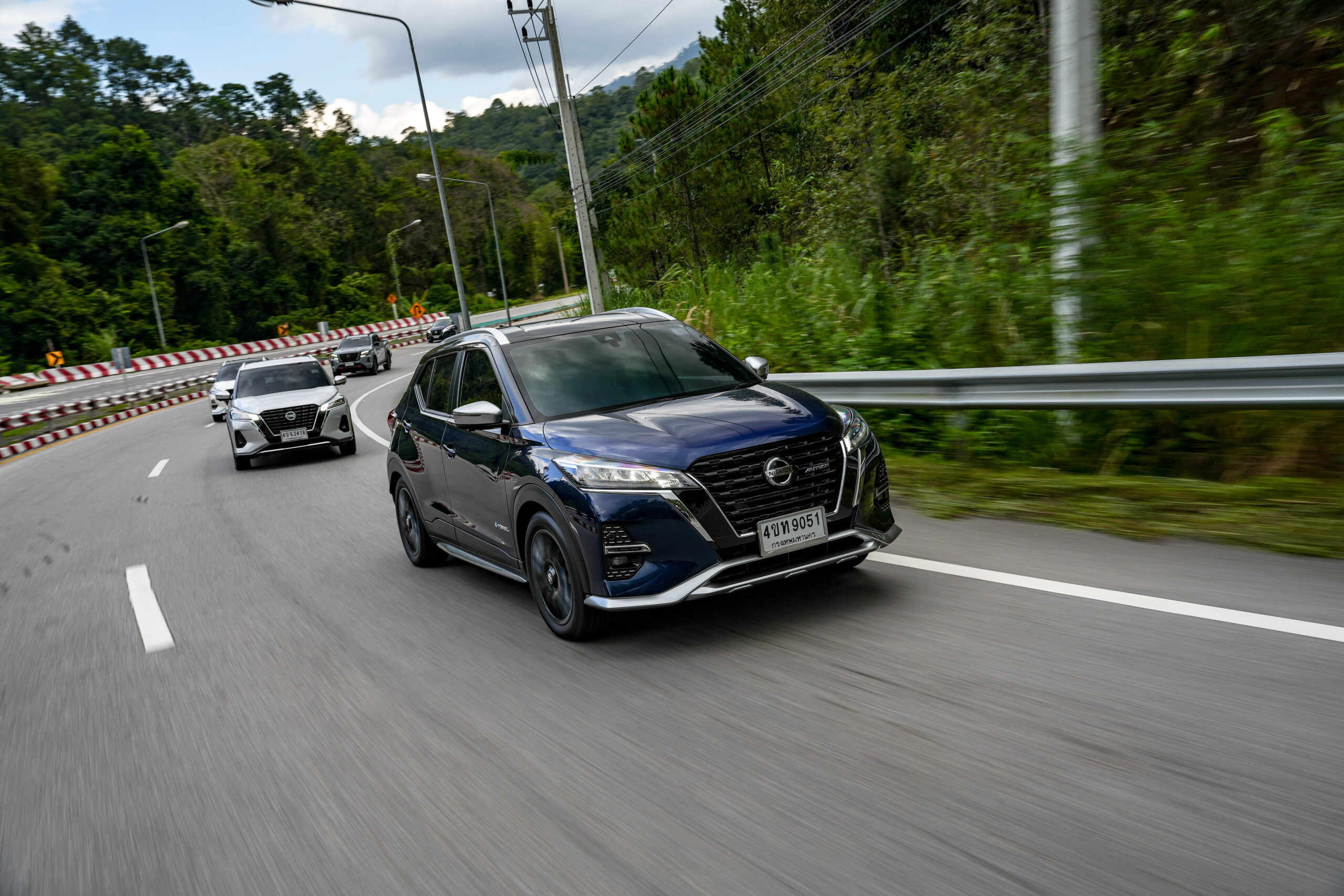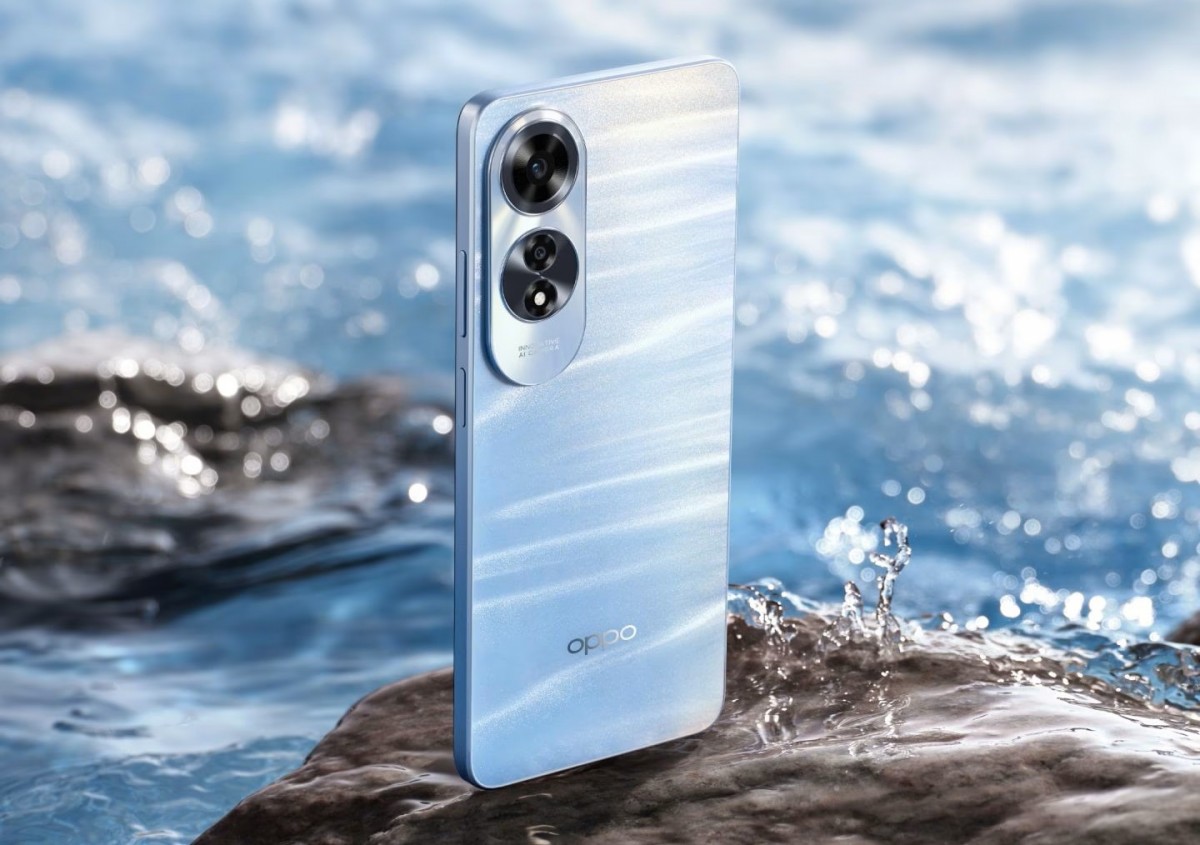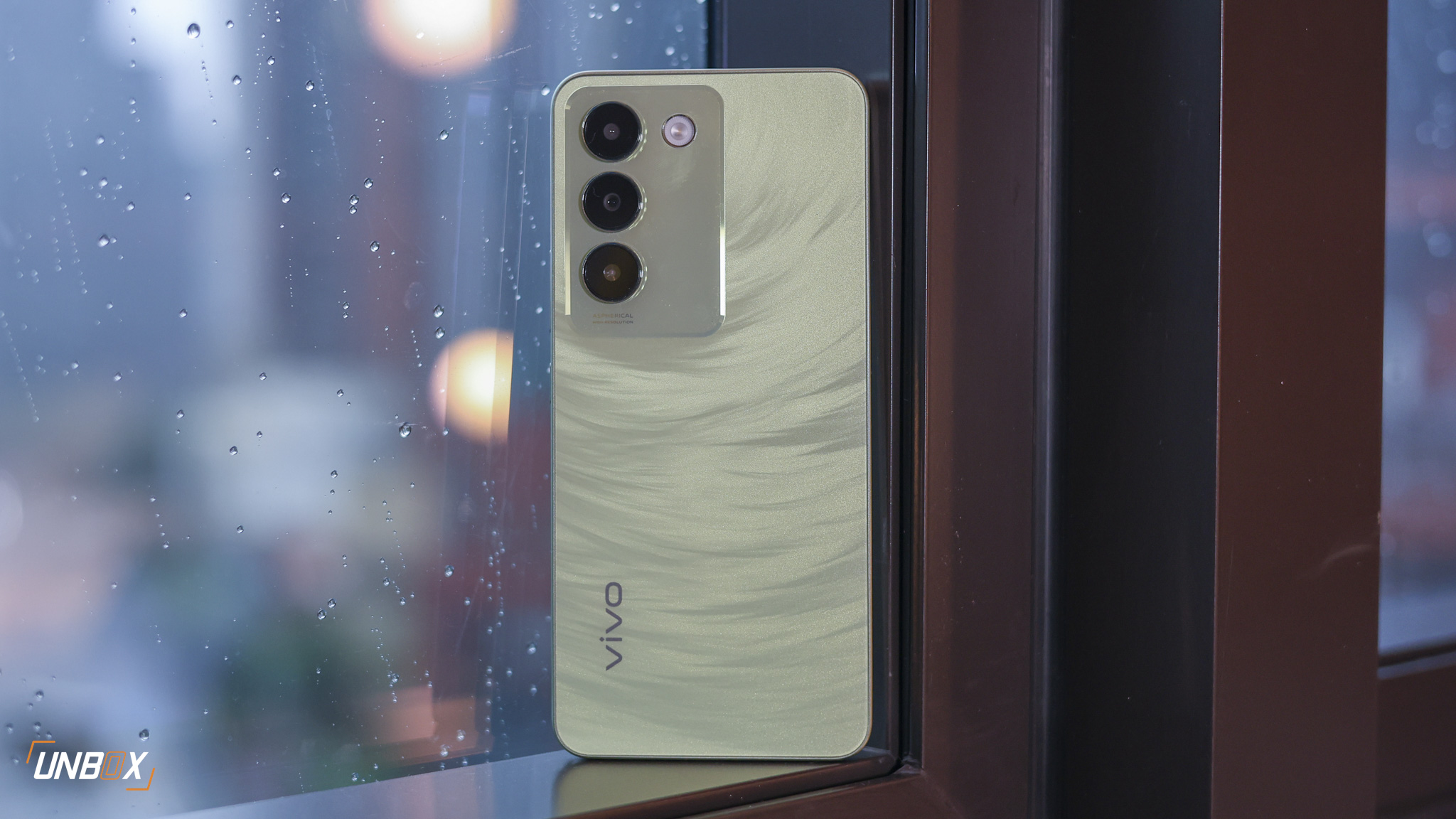Before we start this article, I want to make one thing clear: I am pro-EV and electrification. I’m tired of choking on smoke and seeing smog whenever I have to go anywhere, and I look forward to the day when EVs outnumber ICE vehicles on the road. That being said, the Philippines isn’t ready for full EV adoption yet, and from what I can see there’s only one clear choice for anyone who wants a truly practical EV in the Philippines: the Nissan Kicks e-Power.
Now before you start roasting me in the comments, think about where we are: we barely have any public charging stations, and the charging stations we do have in malls are not enough. Two chargers per mall might look enough now when there are barely EVs around, but that’s not even going to be close to adequate when pre-orders for all those Chinese EVs start getting released. You can charge your EVs through a normal, three-pin socket at home, but your charging speeds are going to be extremely slow. Of course, you can always use a dedicated wall charger, but that’s not an option for everyone, especially for people living in condos or who are renting homes.
Then there’s the issue of infrastructure, namely our grid’s inability to scale to the needed power requirements of all of these EVs coming in. The Philippines’ power generation capabilities are already stretched to the limit, and unless something drastic changes over the next few years that’s just going to get worse, not better.
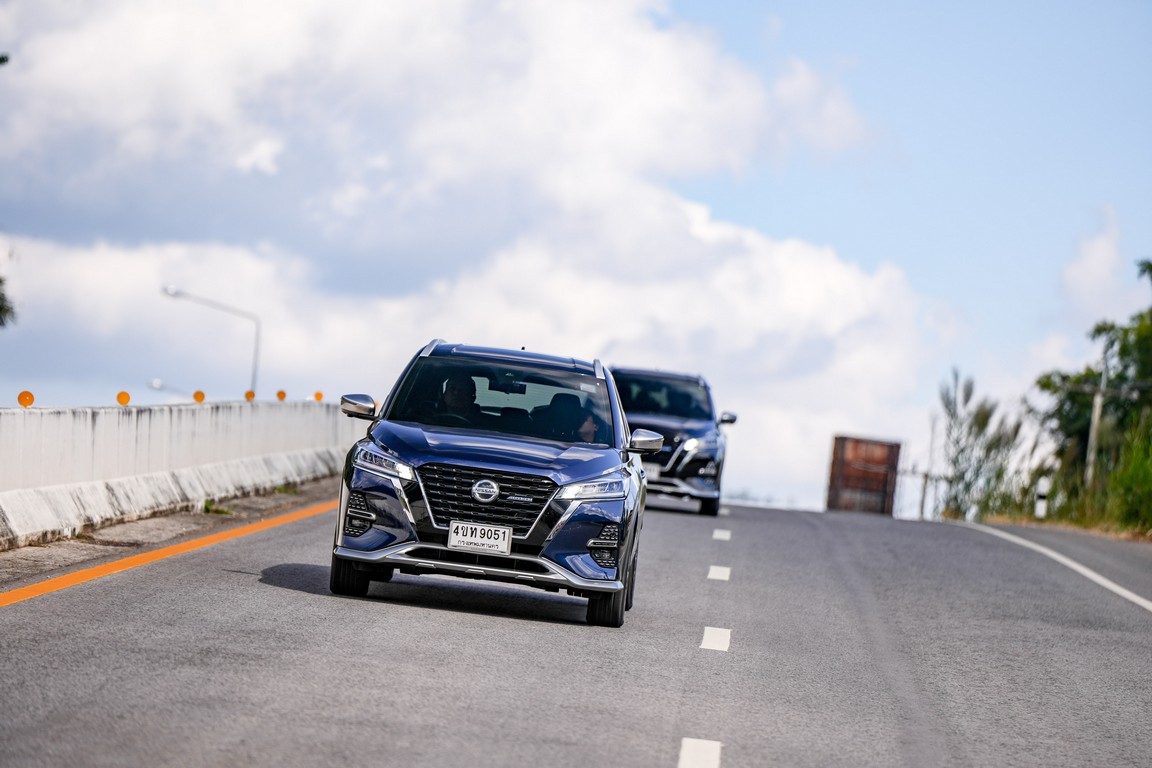
All of these issues will be solved in the future, but not immediately. That’s why Nissan’s Kicks e-Power is the most practical EV in the Philippines once you consider everything going on in the country. The car’s unique EV system where a small, 1-liter gas motor charges the battery and provides power to the electric drive motor isn’t what people typically think of when they talk about an electric car, but it’s a solution that’s almost tailor-made for the Philippines where EV infrastructure is still at its infancy.
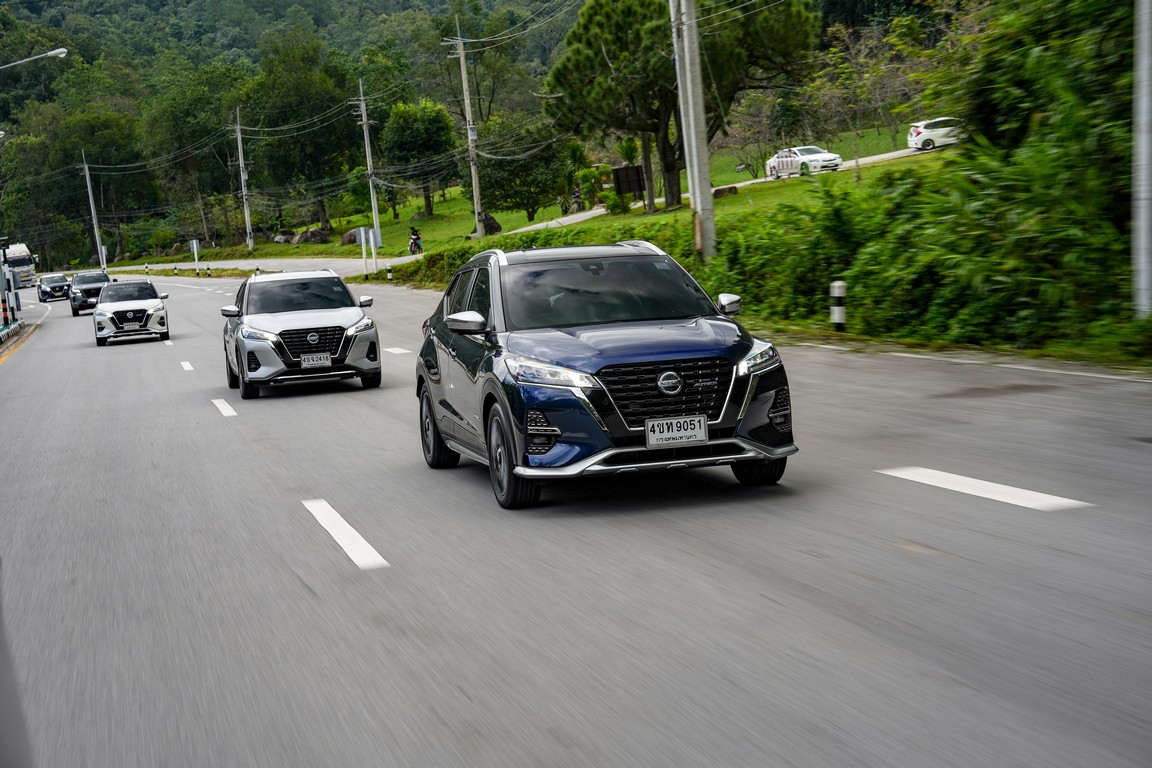
Unsurprisingly it’s also perfect for Thailand as well, another Southeast Asian country that’s enjoying a large interest in EVs and electrification but currently doesn’t have a robust network of public charging stations. The available charging stations are all clustered around Bangkok and other, bigger cities, which means there’s not a lot of coverage outside of the metros.
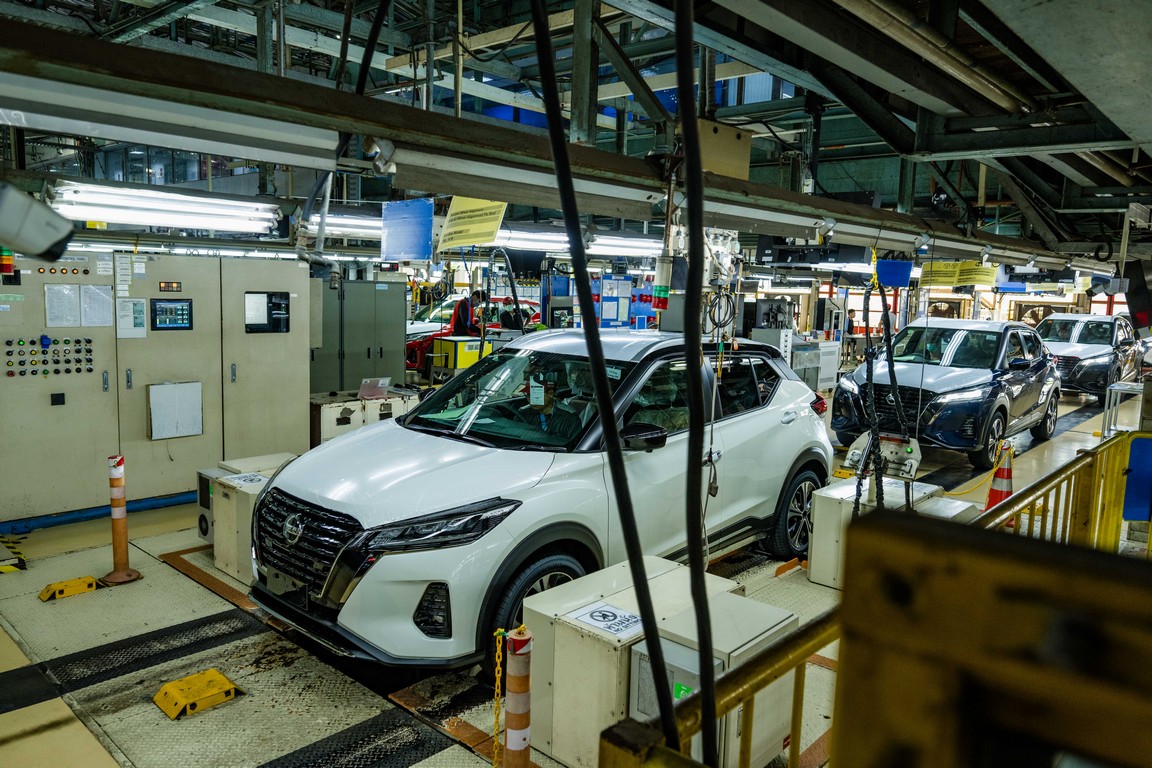
Nissan flew us over to Thailand to visit the factory where the Kicks e-Power is made and assembled, and to experience driving the EV through different road conditions. The factory by itself is impressive, with Plant 1 able to produce 21 vehicles per hour (including the Kicks e-Power), and Nissan PowerTrain Thailand able to produce around 18 battery packs for the Kicks e-Power per hour.
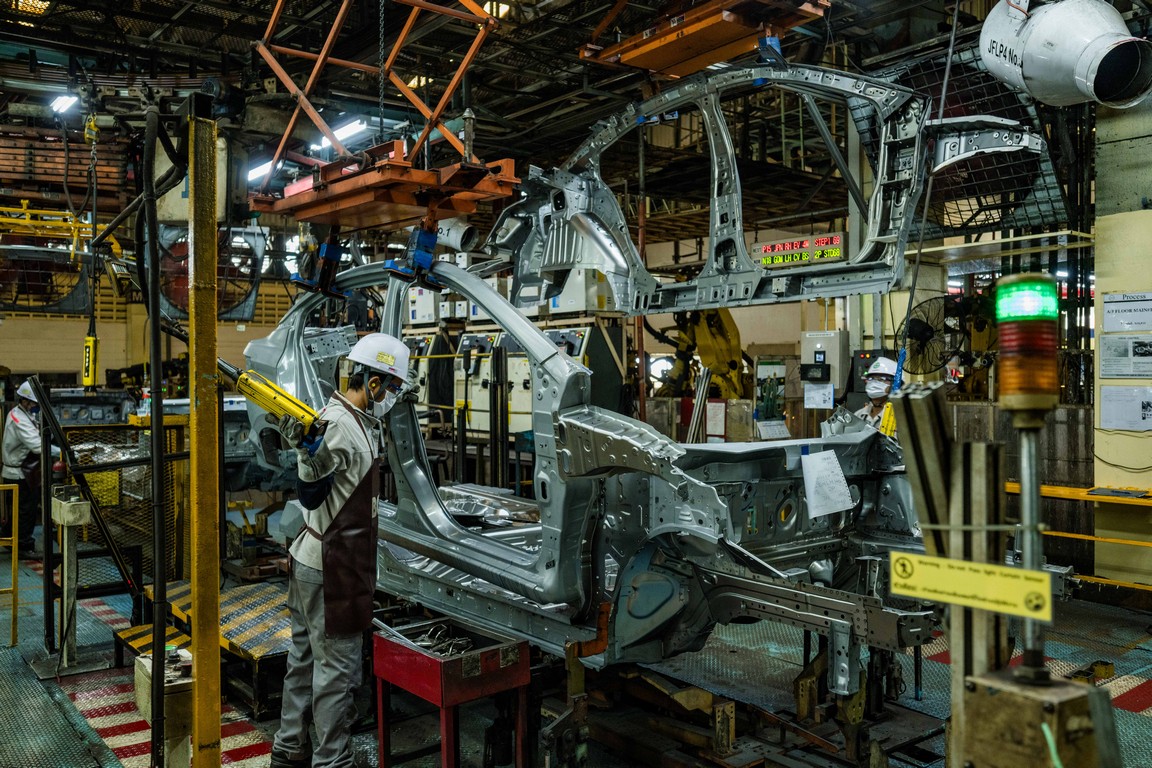
What makes Nissan’s production process in its plant stand out is its commitment to achieving carbon neutrality. Aside from pledging to electrify all new vehicle offerings in key markets by early 2030, they’ve also gone to great lengths to make sure their plant operations have as little impact on the environment as possible. They have robust water recycling and zero-water discharge programs, highly efficient wastewater treatment right on the site, as well as having the largest solar power generation base thanks to the extensive solar panel system that sits right on the roof of its factory. These solar panels generate 5.5 megawatts of power and also reduce CO2 production by 5,100 tons per year.
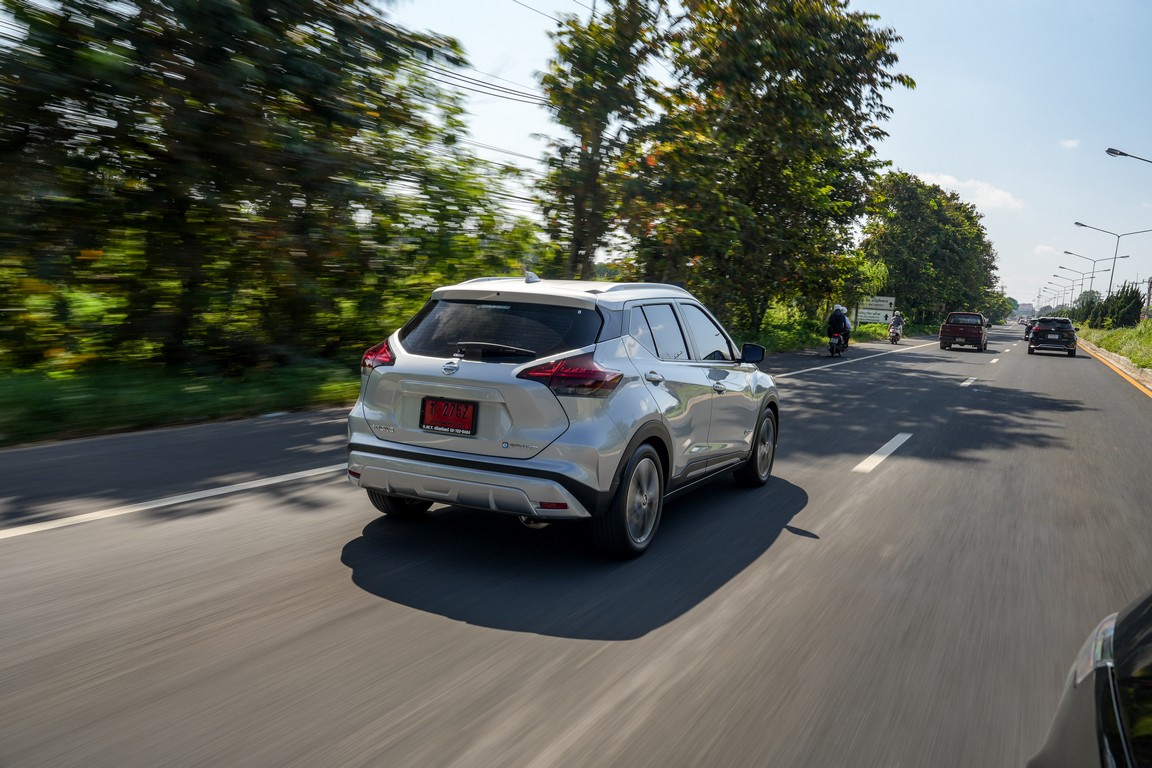
After our plant tour, Nissan flew us to the beautiful city of Chiang Mai to drive the Kicks e-Power through the beautiful northern province of Thailand to Chiang Rai, going through different driving conditions. Chiang Mai’s city proper allowed us to switch on EV mode as we crawled through traffic, while the winding roads cut into the mountains going to Chiang Rai let us experience the twisties in this one-of-a-kind EV.
The 300-kilometer drive showcased all of the things the Kicks e-Power is good at – EV-like torque, more than enough power, and most importantly, insane fuel economy. Despite driving for around 300 kilometers in sport mode at speeds of around 120 KPH in some places, we still had more than half a tank of gas left in the 40-liter gas tank that the car had. The ability to put in gas any time we needed it also removed the problem of range anxiety. I don’t think you could’ve done the same drive in a pure EV since we didn’t see any charging stations during our drive.
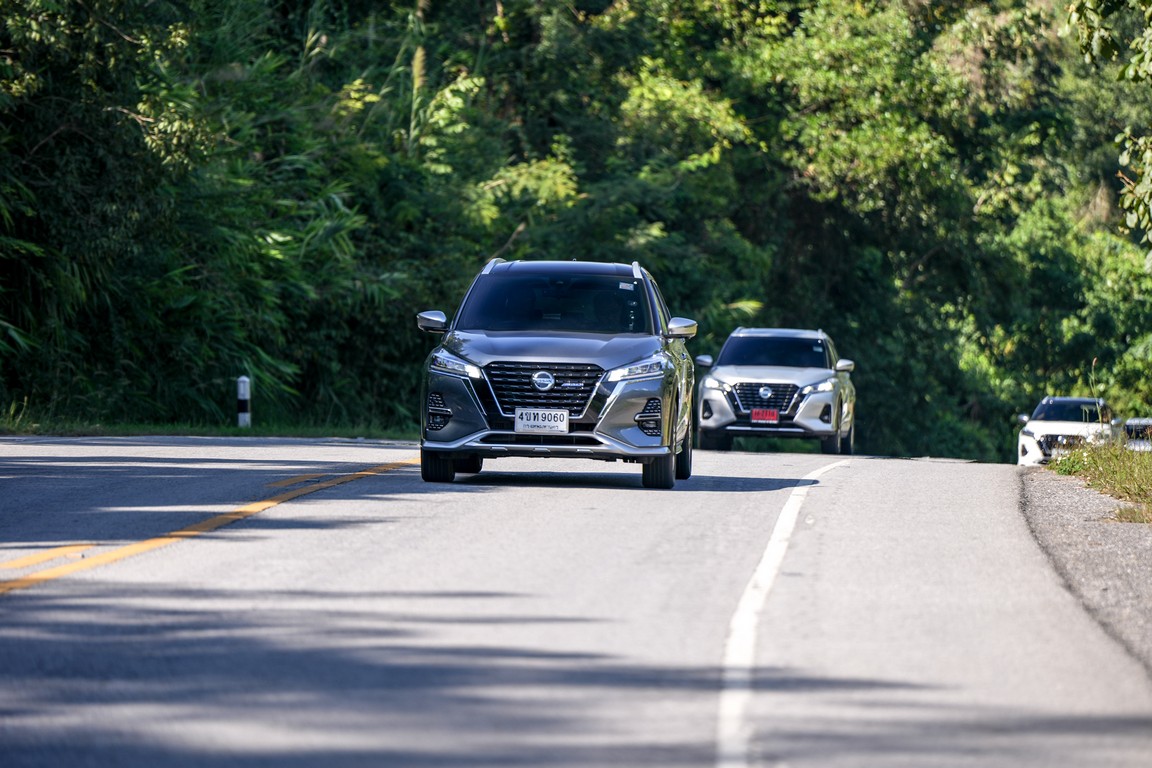
My Thailand drive with the Nissan Kicks e-Power re-affirms my personal opinion that it’s the most practical EV in the Philippines right now. It’s not the perfect EV – not by a long shot – but it has the best mix of performance, EV performance, and green emissions and doesn’t suffer from range anxiety like other EVs offered in the Philippines do.


